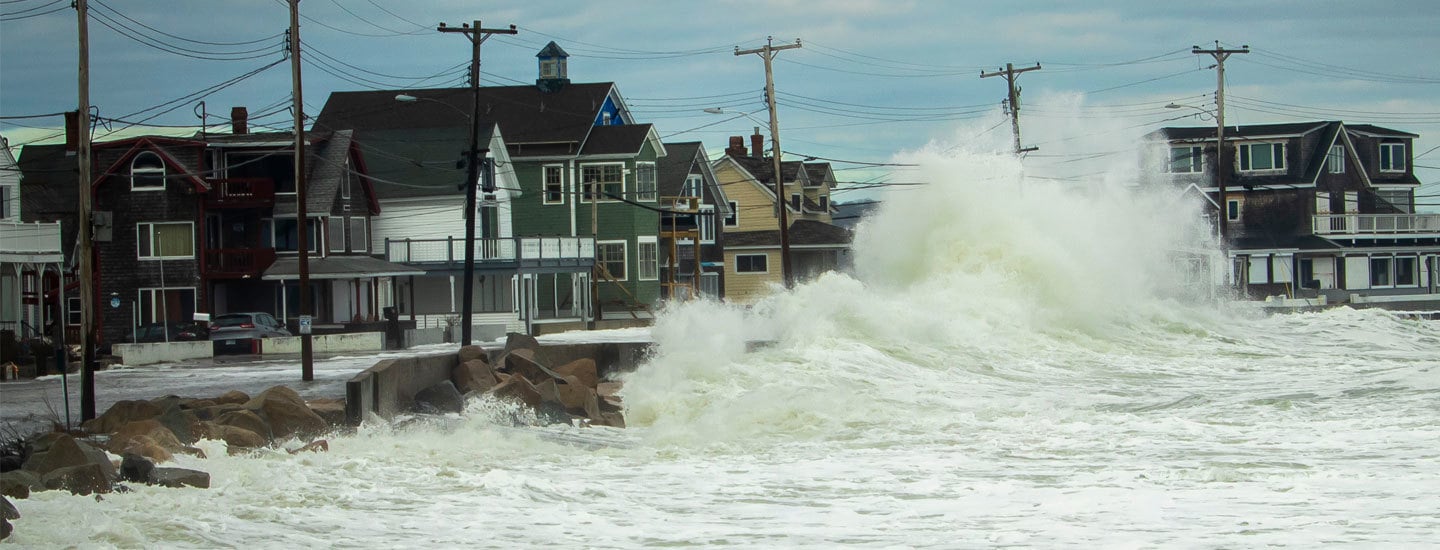
Imagine buying your ‘dream home’ along your favorite coastline. Your new home has a beautiful, wide-sandy-beach in front of the property. Your next-door neighbors, however, do not have sandy beaches because they installed seawalls that block the natural flow of sand—wiping out the beaches in front of their properties. Think your property will not lose its beach like your neighbors? Think again.
While your neighbors believe their homes are being protected by the seawalls, those very seawalls are putting your beach at risk. Not only do seawalls cause beach loss directly in front of the seawall, but these structures can cause increased erosion in adjacent areas of the beach that do not have seawalls. This phenomenon is caused “flanking erosion” and it takes place at the ends of seawalls.
Seawalls do more than steal our sandy beaches, they also have major ecological, economic, recreational, and cultural impacts. Studies have shown that seawalls greatly impact biodiversity of beaches because the lack of sandy areas makes it challenging for coastal species to nest, breed, and feed. For example, a study found that beaches with seawalls had significantly fewer and smaller intertidal species, three times fewer shorebirds, and four to seven times fewer gulls and other birds than unarmored beaches.

Public access is also impacted by seawalls. As the beach narrows, it becomes challenging, if not impossible, to reach the beach. In some locations with seawalls, beach access can be very unsafe. Most importantly, loss of public access and beach use, raises environmental justice concerns—where private entities are pilfering our public beaches.
Economically, seawalls are expensive, and often times, the public is on the hook to help pay for seawalls if local, state or federal decision makers subsidize construction of a seawall. And unfortunately, the public is typically not compensated.
From a cultural perspective, seawalls are esthetically unappealing and can change the character of a beach town. In addition, seawalls can be placed on sacred Indigenous lands, desecrating places used for spiritual practices and ceremonies.
While seawall unequivocally steal sandy beaches, there are alternatives to building these structures. For nearly 40 years, Surfrider has been advocating for alternatives to seawall such as watershed and dune restoration. Restoration projects can help fortify natural systems. In addition, we advocate for “Living Shorelines.”
Living shorelines encompasses a range of ‘shoreline stabilization techniques’ that are primarily made of vegetation or other living, natural ‘soft’ elements. Living shorelines maintain continuity between the land-water interface and reduce erosion while providing habitats and enhancing coastal resilience. Finally, the best way to avoid using seawalls is to not build homes and businesses so close to the ocean that they will be in danger of erosion and sea level rise. As climate change continues to impact our coastal communities, decisionmakers must employ more proactive planning measures that protect our beaches for all people. Help nudge Congress is the right direction by urging them to pass strong climate legislation.
